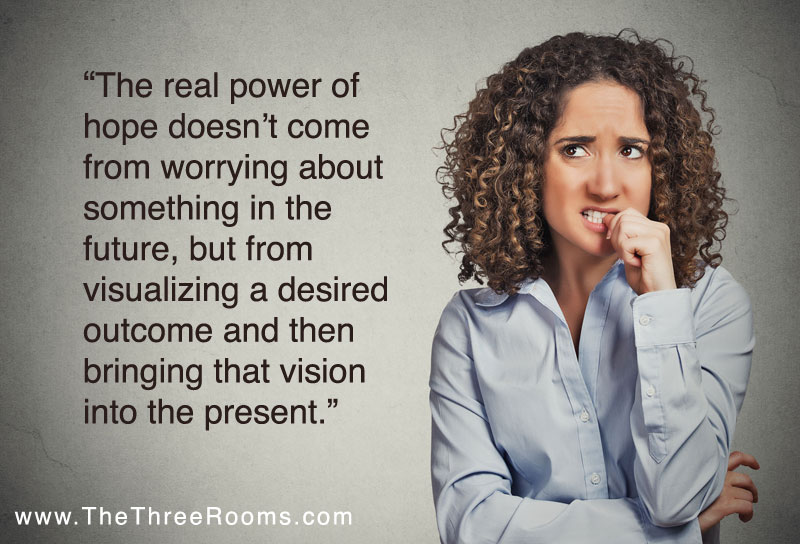
If you’ve never had an anxiety attack, you can’t fully appreciate how debilitating it can be. During one, anxiety physically attacks your body by constricting the flow of blood to your heart. This is why panic attacks are often confused with heart attacks. Millions of people suffer from anxiety attacks each year. What brings on this condition?
Anxiety attacks develop from feelings of stress. To be anxious means to experience uneasiness or worry, typically about something with an uncertain outcome. So you are not thinking about something that has already happened, but something you think might happen. When your thoughts focus on what might go wrong in the future, you begin the process of internalizing the negative emotions that accompany anxiety. Some people question whether anxiety attacks are real or “just in your head.” But what’s the difference? The same part of the brain feels both physical and emotional pain, so anxiety attacks are physically and emotionally debilitating.
To stop these attacks, you need to address the root cause, which is what you are thinking. We need to observe our thoughts. When we recognize they are future thoughts, they begin to loosen their grip on us. Gradually, we can let them go and slide back into the present. Once we return to the present, anxiety can no longer affect us.
If the grip of anxiety feels too strong and you can’t pull your thoughts out of the future, try replacing anxiety with hope. Hope is the antidote for anxiety. Hope is the anti-stress medicine. Hope brings peace. It is the power of looking at something in the future and bringing it into the present.
Although hope trumps fear, it is one of the most misused words in the English language. When people get stuck thinking toward the future, they say things like, “I hope I don’t fail that test” or “I hope it doesn’t rain on my graduation day.” But they’re not really expressing the concept of hope; rather, they are using the word to mask feelings of insecurity. The real power of hope doesn’t come from worrying about something in the future, but from visualizing a desired outcome and then bringing that vision into the present.
